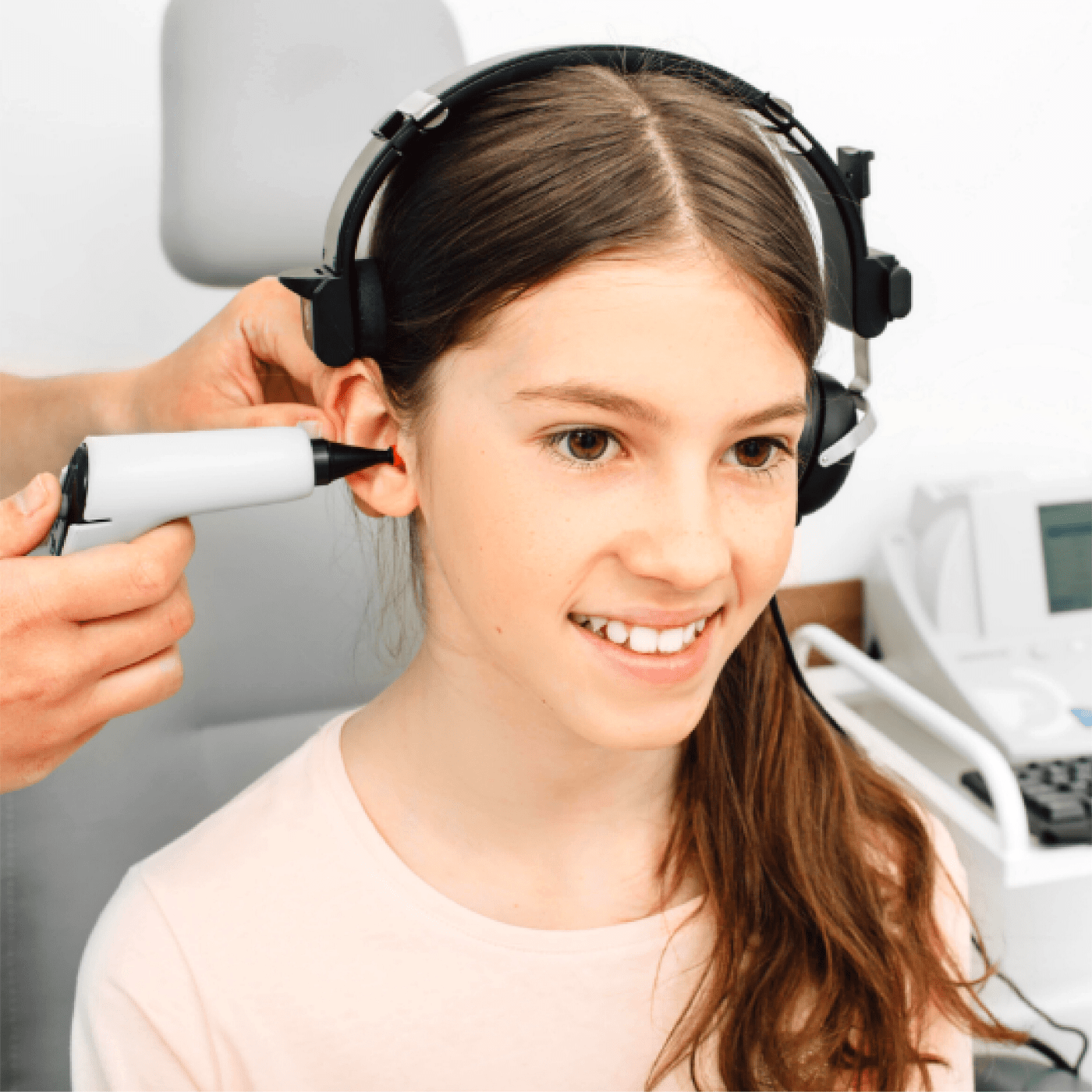
The practice of Tympanometry has been in existence since the 1970s. The Hearing Clinic provides the most unmatched Tympanometry services. In this test, the Middle ear goes through a constant negative & positive outer pressure with a probe device. In addition, the tympanic membrane or eardrum status is disclosed with this activity receiving the hidden issues in your middle ear.
What is the overall objective of performing Tympanometry?
It enables us to see all the disorders that can be a leading concern for hearing loss, most notably in children. The findings of the test are recorded on a graph called Tympanogram. With the change in pressure, the test assesses the movement of the tympanic membrane. The test enables to find the following things –
- Middle Ear Infection
- Middle Ear Fluid
- Eardrum Tear
- Eustachian tube situation
What are all prerequisites required before Tympanometry?
The test is generally performed on children. Although, the adults who undergo this test don’t require any specific preparation as such. So, ideally, children need to be prepared in advance before going down for the test. Parents can help them train to be quiet, still, not swallow, move and talk during the trial. Use a doll as a prop to showcase how the treatment works. It will be a win-win situation for both the doctor and the child. Doctors this way will be able to provide accurate results.
How does the Tympanometry process be assessed?
With the help of the Otoscope, the doctor checks the ear canal before testing it. Then, a probe-like object is placed inside the ear to check for ear wax or a foreign object. The eardrum will move consistently with a change in air pressure. As soon as measurements start, you will hear some boisterous noises. All the eardrum movements are recorded through a tympanogram, and the doctor further analyses the results. Patients should remain silent, avoid speaking, swallowing, or doing any activity to get accurate results.
Faqs
1. What is Tympanometry?
It is a type of test conducted to bring forth all the middle ear problems.
2. How do you check the Middle Ear?
A tiny probe is put inside your middle ear, having an earphone resembling appearance. It has a tiny device attached to it to push air in the inner area of your ears. The results are assessed via a tympanogram.
3. What is the purpose of the Tympanometry or Tympanometry test?
The purpose of the test is to get a clear picture of tympanic membrane functioning and issues surrounding it.
4. What is the difference between Audiometry and Tympanometry?
Audiometry is the test taken to examine your hearing accuracy with variations in sounds and pitches. In contrast, Tympanometry is the test to investigate the functioning of the middle ear and detect the issues.
5. What does Tympanometry involve?
The results are generally cone-shaped, and we call it the tympanogram. It depicts the tympanic membrane overall movement.
6. Does Tympanometry hurt?
It generally hurts a bit, a sort of sensation, but it’s a matter of a few minutes, and the pain goes away soon.